Please welcome guest contributor, Haley Johnson, as she shares her perspective on finding authentic Italian food, wherever you may be. It is always a pleasure to have a fellow Southern Californian on Toot Sweet 4 Two!
Italian food is well-known for its simplicity and sophistication. Instead of relying on elaborate preparation, Italian chefs utilize a small number of quality ingredients to create rich, flavorful dishes. Italian food is one of the most popular foods in the United States (though it might be overruled by our home of Southern California’s love for authentic Mexican food). However, over two-thirds of “Italian” food products in the United States have Italian names but aren’t actually Italian. So, how can you tell how to spot authentic Italian food? Besides asking a local where to eat, here’s a brief guide for the curious foodie on how to get the real deal.
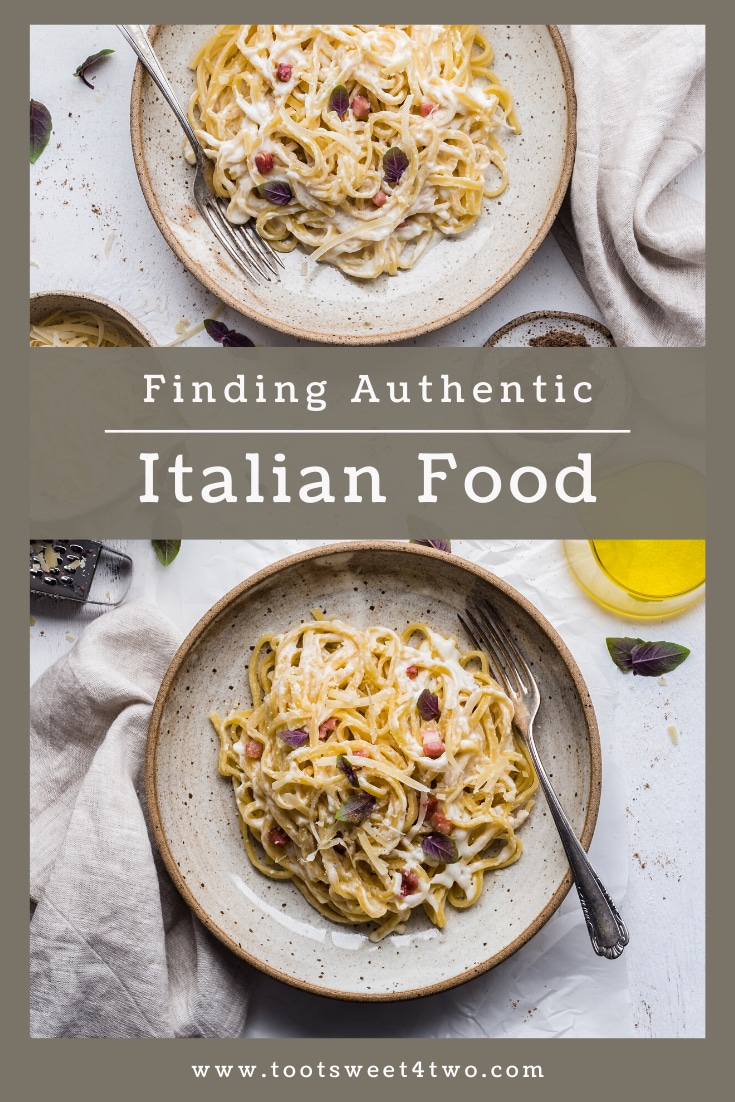
Photo by Bruna Branco on Unsplash
Disclosure: This post contains affiliate links for your convenience. Click here to read my full disclosure policy.
What is NOT authentic Italian food?
What do you think of when you think about Italian food? Is it spaghetti and meatballs and endless supplies of garlic bread? While a lot of the food served in Italian-American restaurants is bonafide comfort food, it’s not actually authentic Italian food. The reason is that Italian food is highly localized; so much so that you likely won’t find the same foods from town to town. The Italian food that we feel familiar with in the United States is essentially a fusion blend of recipes from immigrants coming from all over Italy. So what should you stay away from if you’re looking for the real deal?
It’s well-known in Italy that if you pass a restaurant with pictures of the food on the menu, the restaurant is not an authentic place to eat. Pictures of the food are a tell-tale sign that the restaurants are catering to tourists. Additionally, if you’re looking for an authentic restaurant, it’s wise to stay away from some American-Italian menu items, mostly as a way to identify an authentic restaurant. Garlic bread is not an authentic Italian food, for example. Italy is a land of olive oil, and they are also much lighter on garlic in their cuisine. Spaghetti and meatballs, fettuccine alfredo, chicken and pasta, lobster fra’ diavolo, chicken parmesan, penne alla vodka, cheesecake, and anything with copious amounts of cheese are also dishes to steer clear of while on the hunt for authentic Italian food.
Of course, eat these foods if you like them! They are just a tell-tale way to identify whether or not a restaurant is catering to people used to American-Italian food, or whether you’re looking at a traditional Italian menu.
A Few Authentic Italian Foods to Look For
Spritz
Spritz is most Italians’ favorite recipe. While there’s no official recipe, most places prepare spritz using ⅓ of sparkling white wine (if you want prosecco, you should ask for it), ⅓ of bitter liqueur, and ⅓ of soda water. You can have spritz with Campari (more bitter), Aperol (famous worldwide), Select (a more sugary flavor), Bianco (without liqueur), or Cynar (using an Italian bitter liqueur). You should receive your spritz in an old-fashioned glass, though since the worldwide Aperol spritz campaign shows the drink served in a stem glass, many places have switched over.

Photo by Olena Sergienko on Unsplash
Gelato
Gelato is one of Italy’s most well-known creations, and it’s a treat that pretty much everyone enjoys. The first gelato shop was called “Pepino” and is still open to this day. So how do you recognize authentic Italian gelato? Authentic gelato shouldn’t contain ice or too much food coloring, shouldn’t be arranged in large mountains in the display case, and the scoops shouldn’t look hard and round. Look for gelato that looks fresh, a little softer than ice cream, and is relatively flat in the pans in the display case.
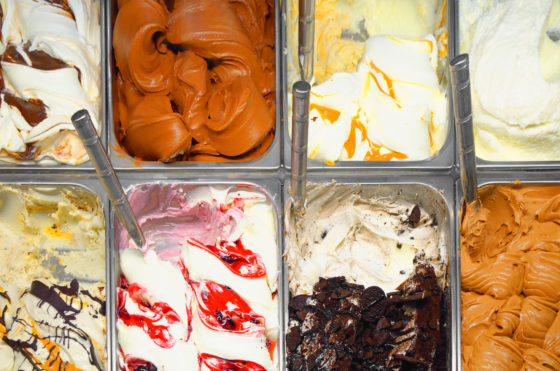
Photo by Matt Acevedo on Flickr
Coffee
The first coffeehouse in Western Europe opened in St. Mark’s Square in 1645, immediately resonating with Italians. Though that original business no longer exists today, Venice is still home to the oldest coffeehouse in operation, Caffe Florian in Piazza San Marco. In Italy, you can find espresso and all its variations nearly everywhere you go. Coffee shops work a little differently in Italy, though. If you want to enjoy your coffee while sitting, you may have to pay extra (up to 7 euro). Otherwise, most people drink their espresso while standing at the bar.
Cicchetti
Cicchetti are different flavors of savory toppings served on a small piece of bread or polenta and are a distinctly Italian snack. You’ll find many places to eat cicchetti in Italy, often accompanied with a spritz and a view. There are many kinds of cicchetti, mostly dependent on what the chef has in mind. A few classic cicchetti are baccalà mantecato (creamed salted cod), sarde in saor (sardines seasoned with sweet and sour onions), nervetti (veal cartilages boiled and served in vinegar and oil), bovoeti (sea snails), ovi duri (boiled eggs), and moscardini (freshly boiled small octopuses).
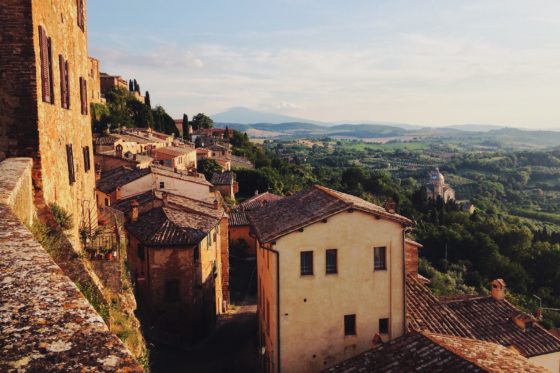
Photo by Rowan Heuvel on Unsplash
Types of Restaurants in Italy
There are more than just restaurants and cafes when we’re talking about Italian food. When you’re choosing between these different types of restaurants, it’s helpful to choose which kind of meal you’re looking for. So what types of restaurants are there to find authentic Italian food?
Bacaro – A bacaro is a typical wine bar in Venice, where you can stop for a drink and some cicchetti (snacks and finger foods).
Osteria – An osteria has an informal dining environment that serves cicchetti. Some osterie have sit down table service with full menus, so they can look like restaurants.
Enoteca – An enoteca is a place where you can taste many kinds of wine from local vineyards, and they have small things to eat, like salami and cheese.
Cantina – A cantina is like an enoteca, but a little less formal.
Bar – In Italy, a bar can mean anything from a place that serves coffee, to a place to get a spritz after dinner, or somewhere to see live music.
Pasticceria – A pasticceria is where you can get fresh bread, cakes, croissants, and small cakes called pastine. Sometimes you can also get a coffee and a simple breakfast.
Panificio – A panificio is a bakery, where you can usually also buy simple things like milk, pasta, tomato sauce, and sodas. Sometimes a panificio is also a pasticceria, but not always!
Trattoria – A trattoria is usually a family-run restaurant that serves local cuisine in an informal setting; less formal than a restaurant, but more formal than an osteria.
Ristorante – A ristorante is a restaurant in Italy that could serve typical dishes from the region, as well as other regional dishes or a more sophisticated variety of courses.
Pizzeria – A pizzeria is a place that specializes in pizzas.
Cocktail bar – A cocktail bar serves spirits as well as delicious cocktails. Sometimes they serve some appetizers or a light menu.
 Author Bio
Author Bio
Haley Johnson is a member of the Prontopia team, a Santa Barbara-based travel start-up. Prontopia provides travelers with in-person assistance with any planned or unplanned challenges that might arise in-trip. If you need anything from navigational help to late-night travel, just schedule a connection with Prontopia and a local from our community will meet you to help you. The team at Prontopia believes that genuine human connection and community fosters empathy, understanding, and a desire and ability to care for our communities both at home and when we travel.
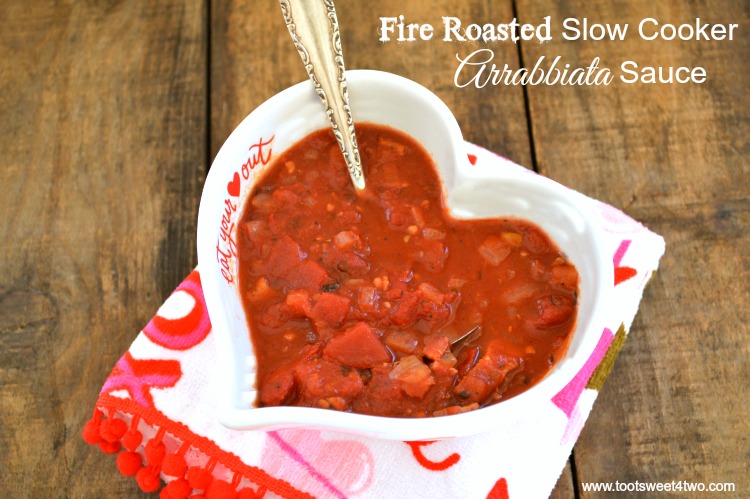
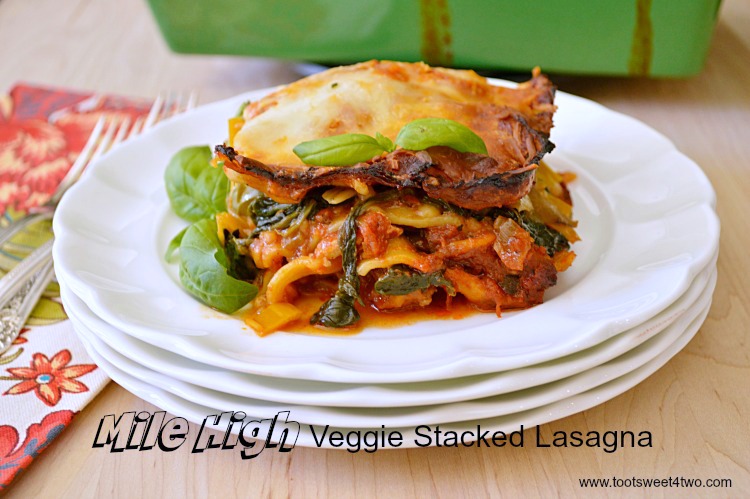
Leave a Reply